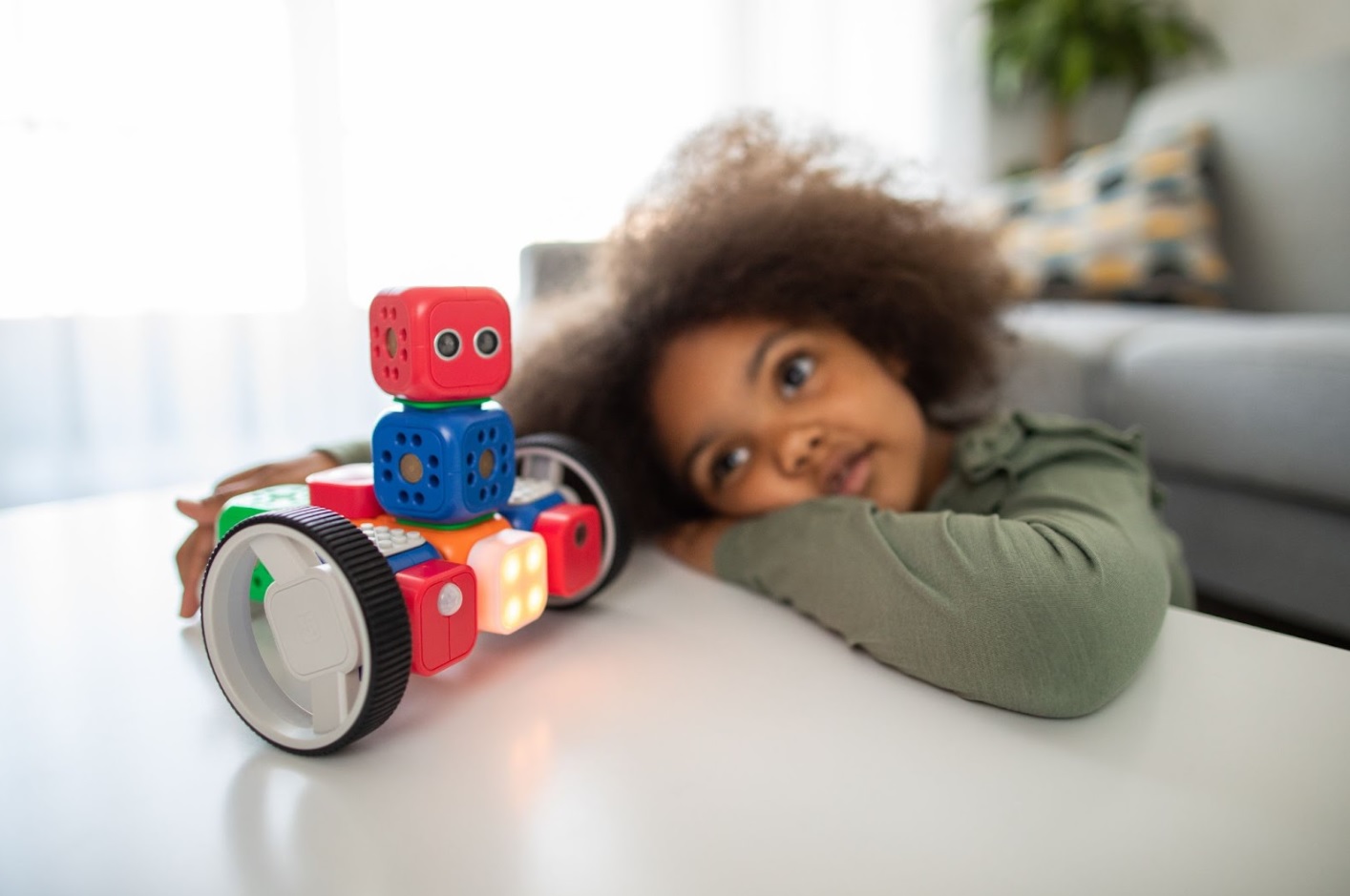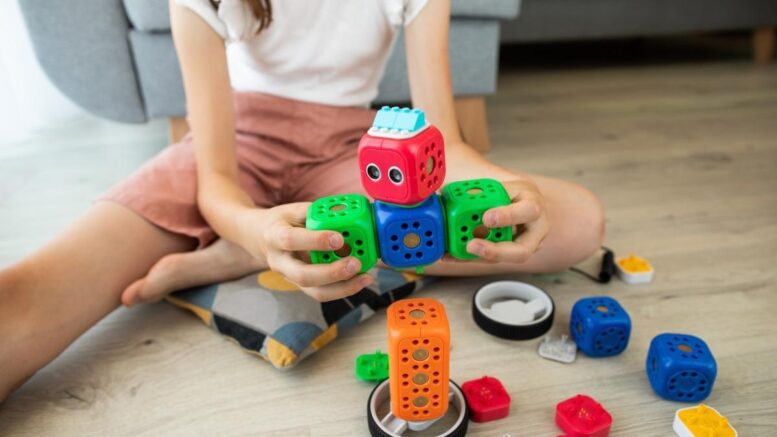Children with Autism Spectrum Disorder (ASD) often experience challenges in sensory processing, which can make it difficult for them to interact with the world around them. Sensory toys have been found to be highly beneficial for children with ASD, helping them to engage in sensory exploration and develop important skills. In this article, we’ll explore the benefits of sensory toys for children with ASD and how they can help support their development.
Infographic provided by Scott Marshall Injury Attorney, one of the top workers compensation lawyers in Florida
What are Sensory Toys?
Sensory toys are designed to engage children’s senses, often using textures, colors, and sounds to encourage exploration and discovery. They can come in a variety of forms, from fidget toys to squishy balls, and can be made from a range of materials, including rubber, foam, and fabric.
The Importance of Sensory Play
Sensory play is an essential part of childhood development, as it helps children learn about the world around them and develop important skills. For children with ASD, sensory play can be especially important, as it can help them to engage with their environment in a way that feels safe and predictable. Medical professionals at ABA therapy practices such as Abacus Therapies also encourage sensory toys in their in-home sessions.
Benefits of Sensory Toys for Children with ASD
Sensory toys have been found to have a range of benefits for children with ASD, including:
- Supporting language development: Sensory toys can help children with ASD to develop language skills by providing them with opportunities to practice describing textures, shapes, and colors.
- Encouraging fine motor development: Many sensory toys require fine motor skills to manipulate, helping children with ASD to improve their hand-eye coordination and dexterity.
- Improving social skills: Sensory toys can be a great way to encourage social interaction, as children with ASD can engage in parallel play or take turns exploring different toys.
- Reducing anxiety: Sensory toys can be comforting for children with ASD, providing them with a safe and predictable way to engage with their environment.
- Enhancing sensory integration: Sensory toys can help children with ASD to process and integrate sensory information, improving their ability to regulate their responses to different stimuli.
Toys and Sensory Play
Sensory toys are designed to encourage exploration and discovery through play-based learning. These toys are often made from natural materials, such as wood or fabric, and are designed to be simple and open-ended, allowing children to use their imagination and creativity.
Montessori toys can be especially beneficial for children with ASD, as they provide a safe and predictable environment for sensory exploration. Also, they are designed to promote independence and self-directed learning, which can help children with ASD to develop important life skills. These special toys can be a great addition to a child’s sensory play toolkit, offering a range of tactile and visual experiences that promote exploration and learning.
Choosing the Right Sensory Toys
When choosing sensory toys for children with ASD, it’s important to consider their individual needs and preferences. Some children may prefer toys that are soft and squishy, while others may enjoy toys that make noise or have bright colors. It’s also important to consider the safety of the toys, ensuring that they are made from non-toxic materials and are appropriate for the child’s age and developmental level.
When selecting sensory toys for children with ASD, it is also important to consider the child’s developmental level and any specific sensory needs or challenges they may have. For example, some children with ASD may prefer toys that provide deep pressure or proprioceptive input to help regulate their sensory system.

Incorporating Sensory Play into Daily Routines
Sensory play doesn’t have to be limited to playtime – it can be incorporated into daily routines to help children with ASD feel more comfortable and engaged with their environment. For example, parents can encourage sensory exploration during bath time by providing toys with different textures or adding scented bubbles to the water.
Overall, sensory toys are a valuable tool for supporting the development of children with ASD as they provide children with the opportunity to engage in safe and predictable sensory exploration, while also developing important skills that can support their overall development. By understanding the benefits of sensory play and choosing the right toys for their child’s individual needs, parents can help their child with ASD to feel more comfortable and engaged with their environment.
It’s important to remember that every child with ASD is unique, and what works for one child may not work for another. However, by incorporating sensory play into daily routines and providing opportunities for safe and engaging exploration, parents can help support their child’s development and overall wellbeing. Sensory toys can be an effective way to encourage sensory exploration and provide a safe and predictable environment for children with ASD to develop important skills.
